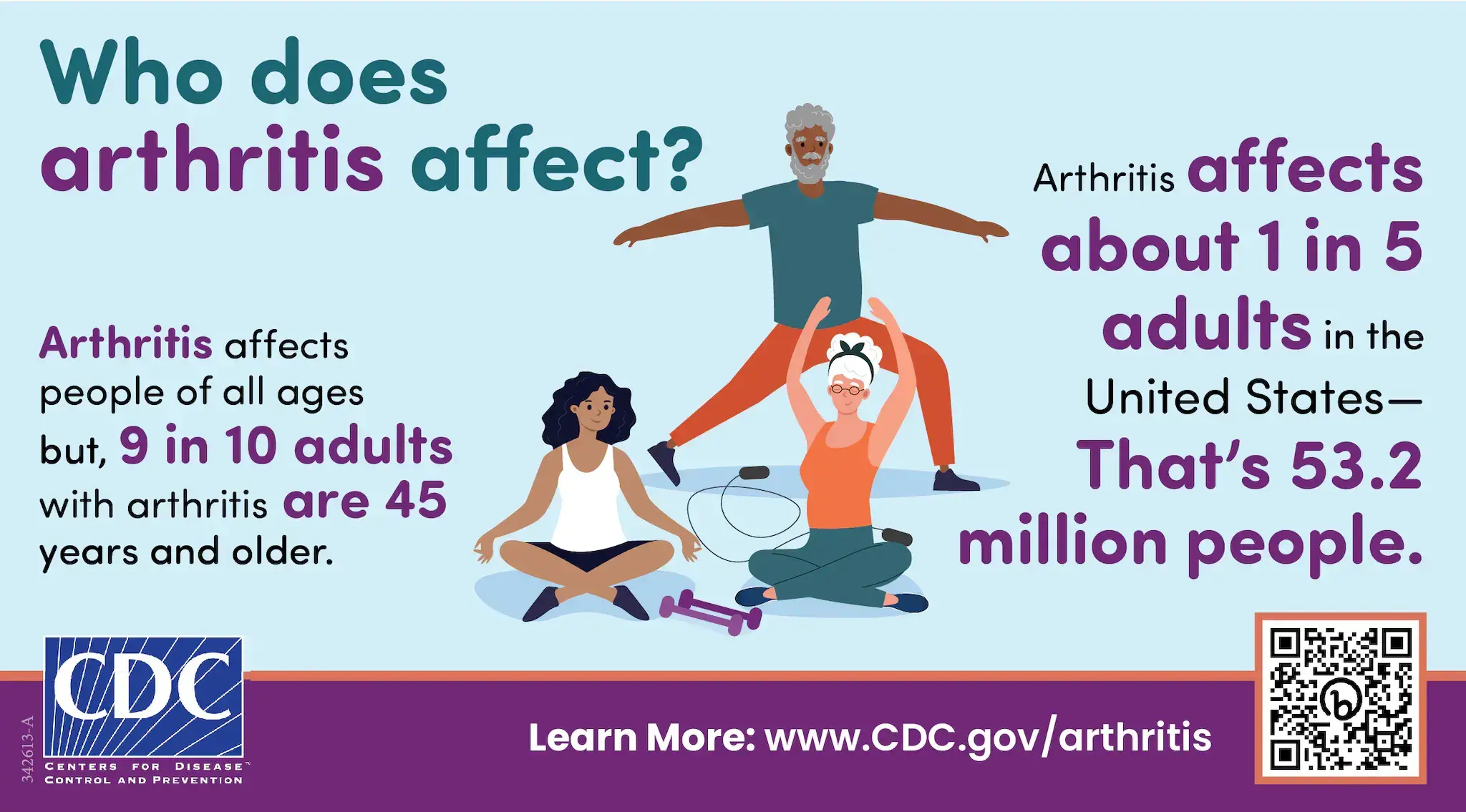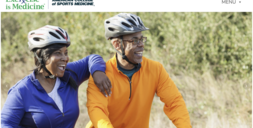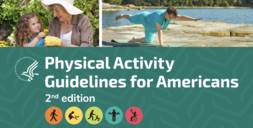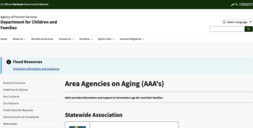Arthritis is a catch-all term for conditions that affect the joints, tissues around the joint, and other connective tissues. There are more than 100 types of arthritis, the most common form being osteoarthritis or “wear and tear” arthritis. It occurs most frequently in the hands, hips, and knees. Other common forms of arthritis are rheumatoid arthritis, lupus, fibromyalgia, and gout. Symptoms of arthritis are pain, aching, stiffness and swelling in or around the joints.

Who is affected by arthritis?
Nearly four in ten Vermont adults 40 years or older have arthritis (40%). It is more common in Vermonters over the age of 65, among women, and among people of lower socio-economic status. Arthritis affects people of all racial and ethnic groups and is on the rise as the population ages. Among Vermont adults with arthritis, 4 in 5 have at least one other chronic condition such as hypertension, depression or diabetes.
To learn more about how many Vermonters are diagnosed with or aware of how to prevent, treat, or manage arthritis, see this brief - Arthritis: The most common chronic disease among Vermont adults.
Preventing arthritis
There is no sure way to prevent arthritis but there are steps you can take to limit your risk, delay the onset, or limit its impact. There are some factors you can’t change, like gender, family history and age—and there are other factors that you have control over like tobacco use, physical inactivity, and poor diet which contribute to the incidence and severity of arthritis. Quitting tobacco use, eating varied and nutritious foods, and being physically active can help delay the onset of arthritis.
Support for people with arthritis
Both joint-friendly exercise and lifestyle management workshops can help improve symptoms and quality of life for people with arthritis.
Low impact physical activity can reduce pain and improve function, mood, and quality of life for adults with arthritis. It’s also important for the management of other chronic conditions that are common among adults with arthritis, such as diabetes and heart disease. Try exercise that does not put stress on the joints such as brisk walking, cycling, swimming, water aerobics, light gardening, and dancing.Programs for people with arthritis
- Arthritis appropriate physical activity programs are available through several Area Agencies on Aging (AAAs) including Walk With Ease, Arthritis Foundation Exercise Program and other fitness, strengthening, and balance programs.
- The University of Vermont's (UVM) Walk with Ease, Self Directed Enhanced programs. In the Fall and Spring, participants can enroll and be matched with a UVM student coach for extra support. Alternatively, people can enroll at any time to participate, without a student coach, and receive weekly e-mails for support. In both cases, participants may receive a free copy of the Walk with Ease Book.
- Vermont offers free self-management workshops to all eligible Vermonters, including support for those with arthritis. Visit MyHealthyVT.org to learn about the Chronic Disease Management Program and the Chronic Pain Management Program and get connected to local supports.
- The Osteoarthritis Association offers a virtual Walk with Ease program with engaging videos, weekly motivational messages, an e-version of the book, and more.
What health care providers can do
Health care providers play a vital role in educating patients about how staying active can reduce arthritis pain and slow its progression.
Many people aren’t aware of how important physical activity is for managing joint pain caused by arthritis. We encourage health care providers to recommend arthritis-appropriate physical activity programs to help patients maintain an active lifestyle.
The Osteoarthritis Action Alliance offers resources for helping health care providers treat patients with arthritis. Below are additional resources on counseling patients:
- Low-impact physical activities: Walking, biking, swimming, and water activities are all good ways to ease arthritis pain and are safe for most adults. Talk about these options with your patients and determine which ones are most appropriate for them.
- Weekly physical activity: Encourage patients to aim for at least 150 minutes of moderate-intensity physical activity a week. For patients who would like virtual support safely working up to this amount of activity, suggest their enrolling in the Osteoarthritis Association’s Walk With Ease Self-Directed Registration and Tracking Portal.
- Community-based physical activity classes: Recommend classes at local Area Agencies on Aging. Town parks and recreation departments may also offer arthritis appropriate programming for their residents.
- Self-management education workshops: These workshops help people develop skills and confidence in managing their symptoms. Refer to My Healthy Vermont Chronic Disease or Chronic Pain Self-Management Workshops.
Complete a free arthritis educational self-assessment activity
Health care providers can participate in a free, convenient Lifestyle Management Programs for Arthritis: Expand Your Knowledge on Evidence-Based Interventions CME activity.
- Audience: Primary care physicians, physical therapists, occupational therapists, community health workers, rheumatologists, orthopedic surgeons, sports medicine physicians, nurses, nurse practitioners, physician assistants, and other healthcare practitioners who provide care to patients with arthritis.
- Goal: For learners to be better able to assess their learning needs related to non-pharmacologic strategies for patients with arthritis and be better able to incorporate arthritis appropriate evidence-based interventions (AAEBIs) into their patients’ treatment programs.
- Course Credits: Participants are awarded up to 0.25 CME/ ABIM MOC/CE credits.







